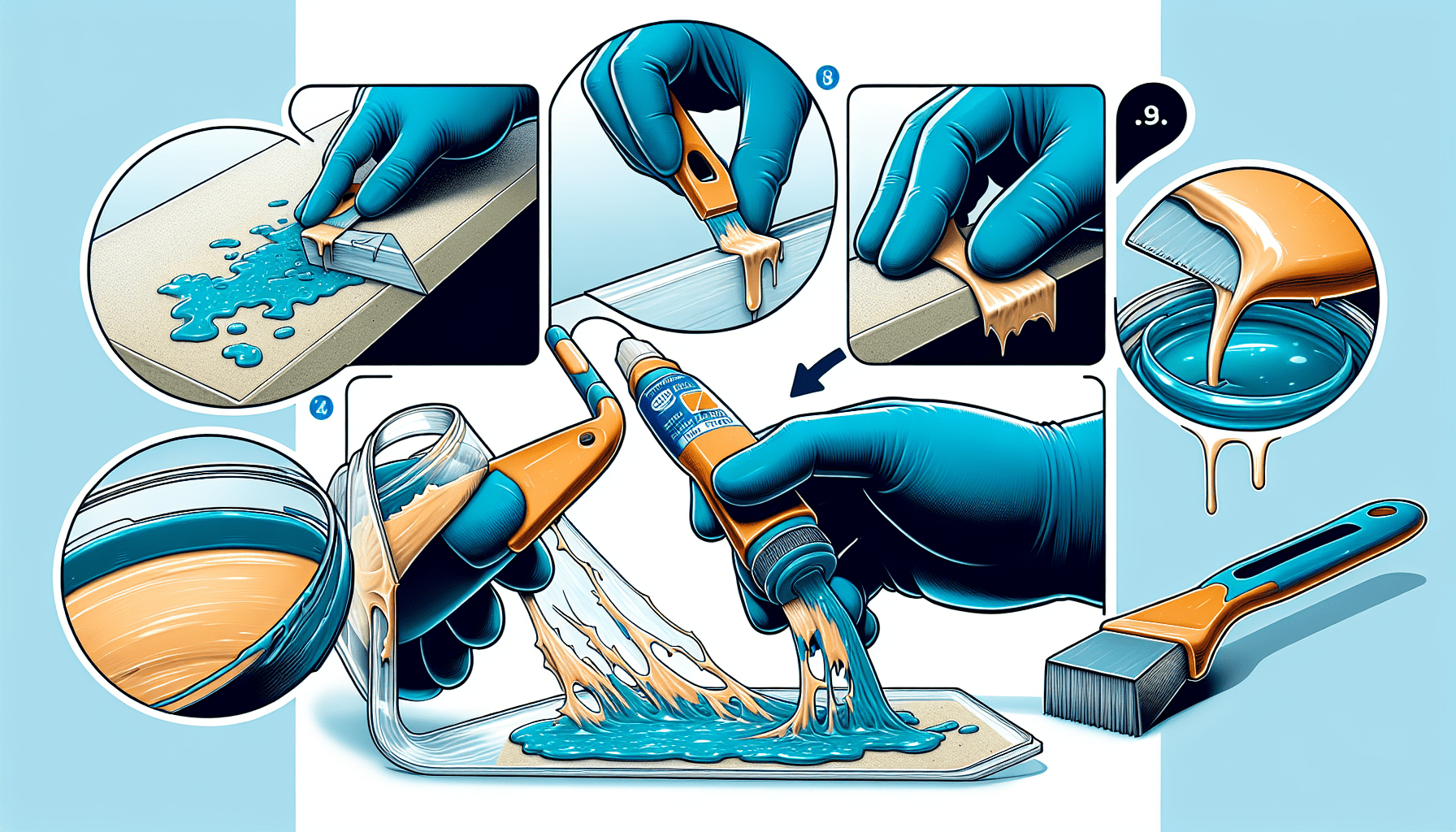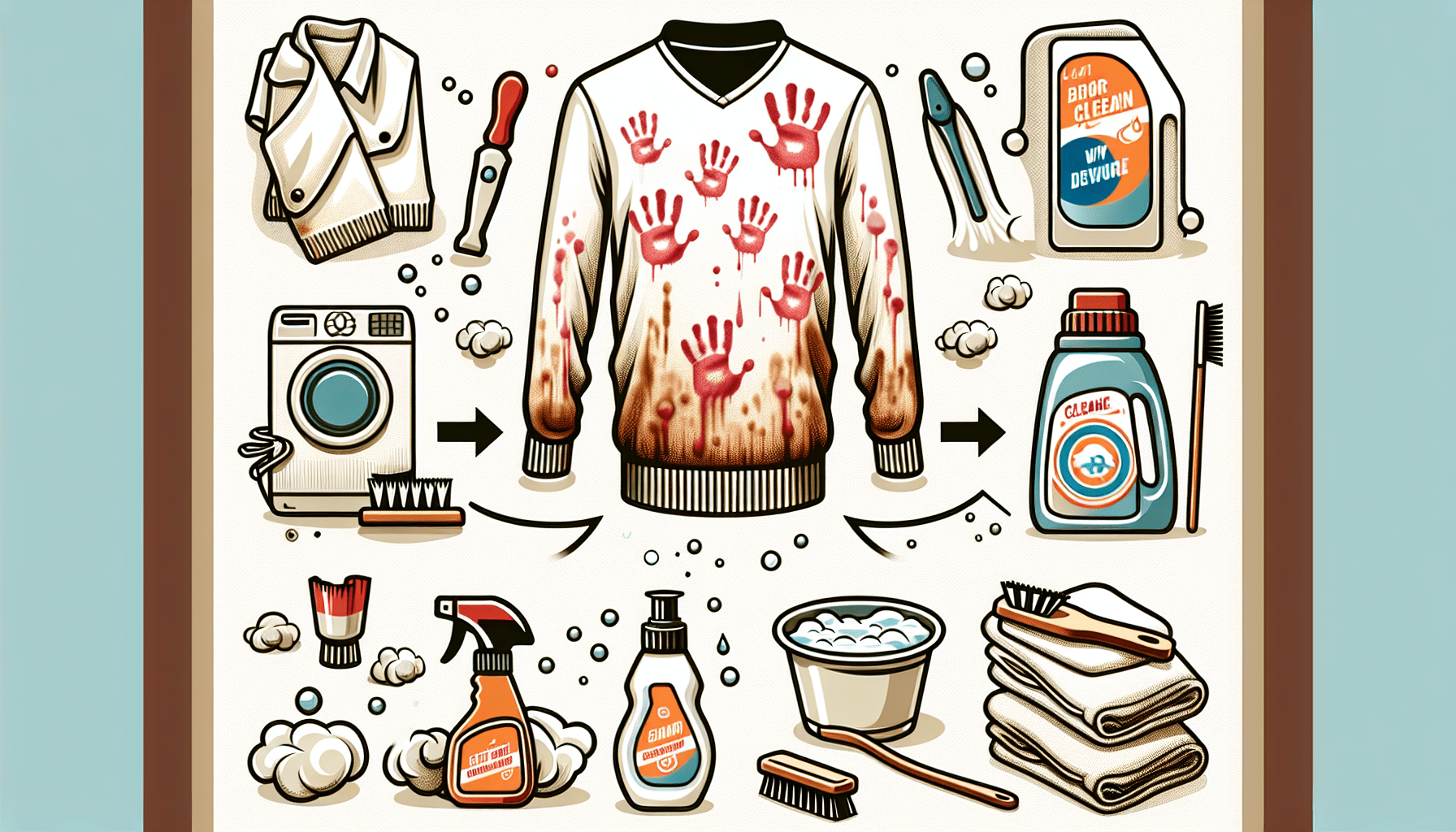Enamel paint is a versatile and durable type of paint that can be used on a variety of surfaces, from metal to wood. This article will guide you through the step-by-step process of using enamel paint effectively, ensuring a professional and long-lasting finish. From preparation to application techniques, you will learn the best practices and tips to achieve optimal results when using enamel paint. Whether you are a DIY enthusiast or a professional painter, this article will equip you with the knowledge and skills needed to successfully use enamel paint on your next project.
Preparation
Before you begin painting with enamel paint, it is important to properly prepare the surface. This will ensure that the paint adheres well and provides a smooth and even finish.
Gather materials
To start, gather all the necessary materials. This includes enamel paint, primer, brushes, stir sticks, a paint tray or bucket, a drop cloth or plastic sheeting to protect the surrounding area, and any other tools you may need for the job.
Prepare the surface
Next, prepare the surface that you will be painting. Begin by cleaning the surface thoroughly to remove any dirt, dust, grease, or other contaminants. Use a mild detergent or a specialized cleaner depending on the surface material. Rinse the surface well and allow it to dry completely before proceeding.
Priming
Priming is an essential step before applying enamel paint. It helps to provide better adhesion and improves the durability and longevity of the paint job.
Clean the surface
Before priming, make sure the surface is clean and free from any debris or residues. This will ensure that the primer can bond properly with the surface. Use a clean cloth or sponge to wipe down the surface and remove any remaining dust or contaminants.
Apply primer
Once the surface is clean, apply a layer of primer using a brush or roller. Choose a primer that is suitable for the surface material and the type of enamel paint you will be using. Follow the manufacturer’s instructions for application and drying time. Allow the primer to dry completely before proceeding to the next step.

Painting
Now that the surface is prepared and primed, it’s time to start painting with enamel paint.
Choose the right brushes
Selecting the right brushes is crucial for achieving a smooth and professional-looking finish. For enamel paint, it is recommended to use a high-quality synthetic bristle brush. The bristles should be firm enough to hold the paint but flexible enough to spread it smoothly.
Stir the paint
Before you begin painting, stir the enamel paint thoroughly. This will ensure that the pigments are well-mixed and provide an even color and finish. Use a stir stick or a paint stirrer and mix the paint gently but thoroughly. Avoid vigorous stirring, as it can introduce air bubbles into the paint.
Apply the first coat
Start by applying the first coat of enamel paint. Dip the brush into the paint and remove any excess by tapping it against the side of the paint tray. Begin painting from one corner or edge and work your way towards the center using even strokes. Apply the paint in thin, even layers to avoid drips or clumps.
Let it dry
After applying the first coat, allow the paint to dry completely. The drying time will vary depending on the type of enamel paint and the climate conditions. Follow the manufacturer’s instructions for the recommended drying time. Avoid touching or disturbing the painted surface during this time to prevent smudges or imperfections.
Apply additional coats
Once the first coat is dry, you may need to apply one or more additional coats of enamel paint to achieve the desired color and finish. Repeat the process of applying thin, even layers of paint and allowing each coat to dry before applying the next. Take your time and ensure that each coat is applied smoothly and evenly.
Clean brushes and tools
After you have finished painting, it is important to clean your brushes and tools properly. Use warm, soapy water to clean the brushes, making sure to remove all traces of paint. Rinse them thoroughly and allow them to dry before storing. Dispose of any excess paint and clean the paint tray or bucket as well.
Curing and Drying
Proper curing and drying are essential for achieving a durable and long-lasting paint job.
Allow for curing time
After the final coat of enamel paint has been applied, it is important to allow it to cure properly. Curing time refers to the length of time it takes for the paint to fully dry and harden. This can vary depending on factors such as temperature and humidity. Follow the manufacturer’s instructions for the recommended curing time and avoid using or touching the painted surface until it is fully cured.
Avoid touching the painted surface
While the paint is drying and curing, it is crucial to avoid touching or scratching the painted surface. This can leave marks or smudges and compromise the finish. Exercise caution and avoid placing any objects or furniture on the painted surface until it is fully cured.
Ensure proper ventilation
To facilitate the drying and curing process, it is important to provide proper ventilation in the painting area. Open windows or use fans to circulate fresh air and remove any paint fumes. This will help the paint dry faster and also ensure a healthier environment for you.
Use a drying rack
To prevent any accidental damage to the paint job, consider using a drying rack. This allows you to hang the painted objects or surfaces vertically, minimizing the risk of smudges or drips. A drying rack also helps to evenly distribute the weight of the painted item and avoids any contact with other surfaces.

Cleanup
Once you have completed your painting project, it is time to clean up and properly dispose of any leftover materials.
Dispose of paint properly
If you have any leftover paint, it is important to dispose of it properly. Check with your local waste management authorities for guidance on how to dispose of paint in an environmentally friendly manner. Avoid pouring paint down the drain or throwing it in the trash, as it can contaminate water sources and harm the environment.
Clean up spills and drips
If you have any spills or drips on the surrounding area, clean them up promptly. Use a clean cloth or paper towel to blot the spill, and if necessary, use warm, soapy water to remove any residue. Avoid scrubbing vigorously, as this can spread the paint or damage the surface.
Wash brushes and tools
Clean your brushes and tools thoroughly to remove any paint residue. Use warm, soapy water and a brush comb or your fingers to remove the paint from the bristles. Rinse them well and allow them to dry completely before storing. Clean any other tools or equipment used during the painting process as well.
Maintenance and Tips
To prolong the life and quality of your enamel paint job, follow these maintenance tips:
Store the paint properly
If you have any leftover enamel paint, store it properly for future touch-ups or projects. Ensure the lid is tightly sealed to prevent air from entering, and store the paint in a cool, dry place. Avoid extreme temperatures or exposure to direct sunlight, as these can degrade the quality of the paint.
Avoid extreme temperatures
Enamel paint can be sensitive to extreme temperatures. Avoid exposing the painted surface to excessive heat or cold, as this can cause the paint to expand or contract, leading to cracks or peeling. Maintain a moderate temperature in the area where the painted surface is located.
Keep the paint away from children and pets
Enamel paint contains chemicals that can be harmful if ingested or inhaled. Keep the paint and any painting materials out of reach of children and pets. Store them in a secure location away from their reach.
Consider using a clear protective coat
To enhance the durability and longevity of your enamel paint job, consider applying a clear protective coat. This can provide an additional layer of protection against scratches, UV rays, and other environmental factors. Choose a clear coat that is compatible with enamel paint and follow the manufacturer’s instructions for application.
Avoid direct sunlight on the painted surface
Direct sunlight can cause the paint to fade or change color over time. If possible, avoid exposing the painted surface to prolonged sunlight. Consider using curtains or blinds to protect the surface from direct sunlight, especially in rooms with large windows.
Regularly inspect and touch up if needed
To maintain the appearance of your enamel paint job, regularly inspect the painted surface for any signs of wear, chipping, or damage. If you notice any imperfections, promptly touch up the affected areas using the same enamel paint and techniques as before. This will help to ensure a seamless and professional-looking finish.
Common Mistakes
Avoid these common mistakes when using enamel paint to achieve the best results:
Not preparing the surface adequately
Skipping or rushing through the surface preparation step can result in poor paint adhesion and a subpar finish. Take the time to clean and prime the surface properly before painting to ensure the best results.
Using low-quality brushes
Using low-quality brushes can lead to streaks, brush marks, or bristle shedding. Invest in high-quality synthetic brushes that are designed for enamel paint to achieve a smooth and professional finish.
Applying too thick coats
Applying enamel paint in thick coats can lead to drips, clumps, and an uneven finish. Always aim for thin, even coats and allow each layer to dry properly before applying the next. This will help to achieve a smoother and more durable paint job.
Not allowing proper drying time
Rushing through the drying process can result in smudges, paint dents, or surface damage. Follow the manufacturer’s instructions for the recommended drying time and avoid touching or using the painted surface until it is fully cured.
Skipping the primer step
Priming is an important step that helps the paint adhere better and improves the overall durability of the paint job. Skipping this step can lead to poor adhesion, flaking, or peeling of the paint. Always prime the surface before applying enamel paint for the best results.
Safety Precautions
When working with enamel paint, it is important to prioritize safety and take necessary precautions.
Work in a well-ventilated area
Enamel paint can release fumes that may be harmful if inhaled in large quantities. Ensure that you are working in a well-ventilated area with open windows or use fans to circulate fresh air. If needed, consider wearing a mask to protect yourself from any paint fumes.
Wear protective clothing and gloves
To avoid skin contact with enamel paint and any potential skin irritations or allergies, wear protective clothing such as long-sleeved shirts and pants. Consider wearing gloves to protect your hands from direct contact with the paint.
Keep paint away from open flames or sparks
Enamel paint is flammable, so it is important to keep it away from open flames, sparks, or any potential sources of ignition. Store the paint and any painting materials in a safe location away from fire hazards.
Avoid inhaling paint fumes
While working with enamel paint, avoid inhaling the fumes directly. If you are working indoors, open windows or use fans to maintain proper ventilation. If you experience any discomfort or respiratory symptoms, step away from the painting area and seek fresh air.
Follow manufacturer instructions for safe use
Always read and follow the manufacturer’s instructions and warnings on the paint can or packaging. This will provide important information on how to safely use, store, and dispose of the enamel paint. Adhering to these instructions will help ensure your safety throughout the painting process.
Frequently Asked Questions
Here are some common questions about using enamel paint:
Can enamel paint be used on any surface?
Enamel paint can be used on a variety of surfaces, including wood, metal, plastic, and more. However, it is important to choose the appropriate type of enamel paint for each specific surface and follow the manufacturer’s instructions for application.
How long does enamel paint take to dry?
The drying time of enamel paint can vary depending on factors such as temperature, humidity, and the number of coats applied. In general, enamel paint can take several hours to dry to the touch and up to 24 hours or more to fully cure. Follow the manufacturer’s instructions for the recommended drying and curing times.
Can I mix different colors of enamel paint?
Yes, you can mix different colors of enamel paint to create custom shades or achieve specific color variations. Use a clean and dry container to mix the paint thoroughly until the desired color is achieved. Keep in mind that the final color may vary slightly from the original colors.
Can I use enamel paint outdoors?
Enamel paint can be used outdoors, but it is important to choose a paint specifically formulated for exterior use. Exterior enamel paints are designed to withstand the elements and provide better durability and protection against weather conditions. Follow the manufacturer’s instructions and ensure proper surface preparation for optimal outdoor performance.
How do I fix paint drips or bubbles?
If you notice any paint drips or bubbles on the painted surface, it is best to wait until the paint is dry and cure completely. Once dry, lightly sand the affected area with fine-grit sandpaper to smooth out the imperfections. Wipe away any dust and apply a thin layer of enamel paint to the sanded area, blending it with the surrounding painted surface. Allow the touch-up paint to dry and cure as instructed.



